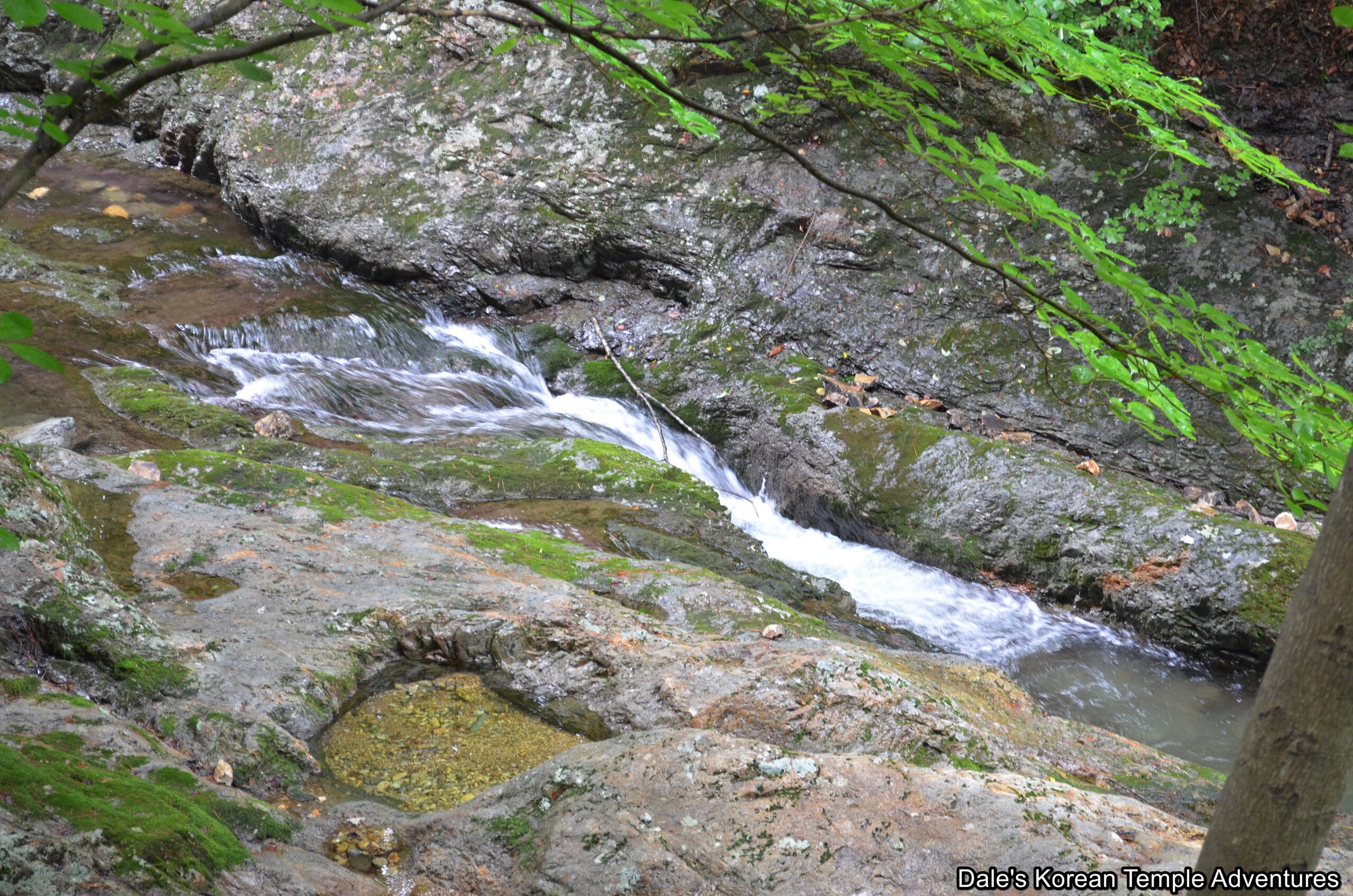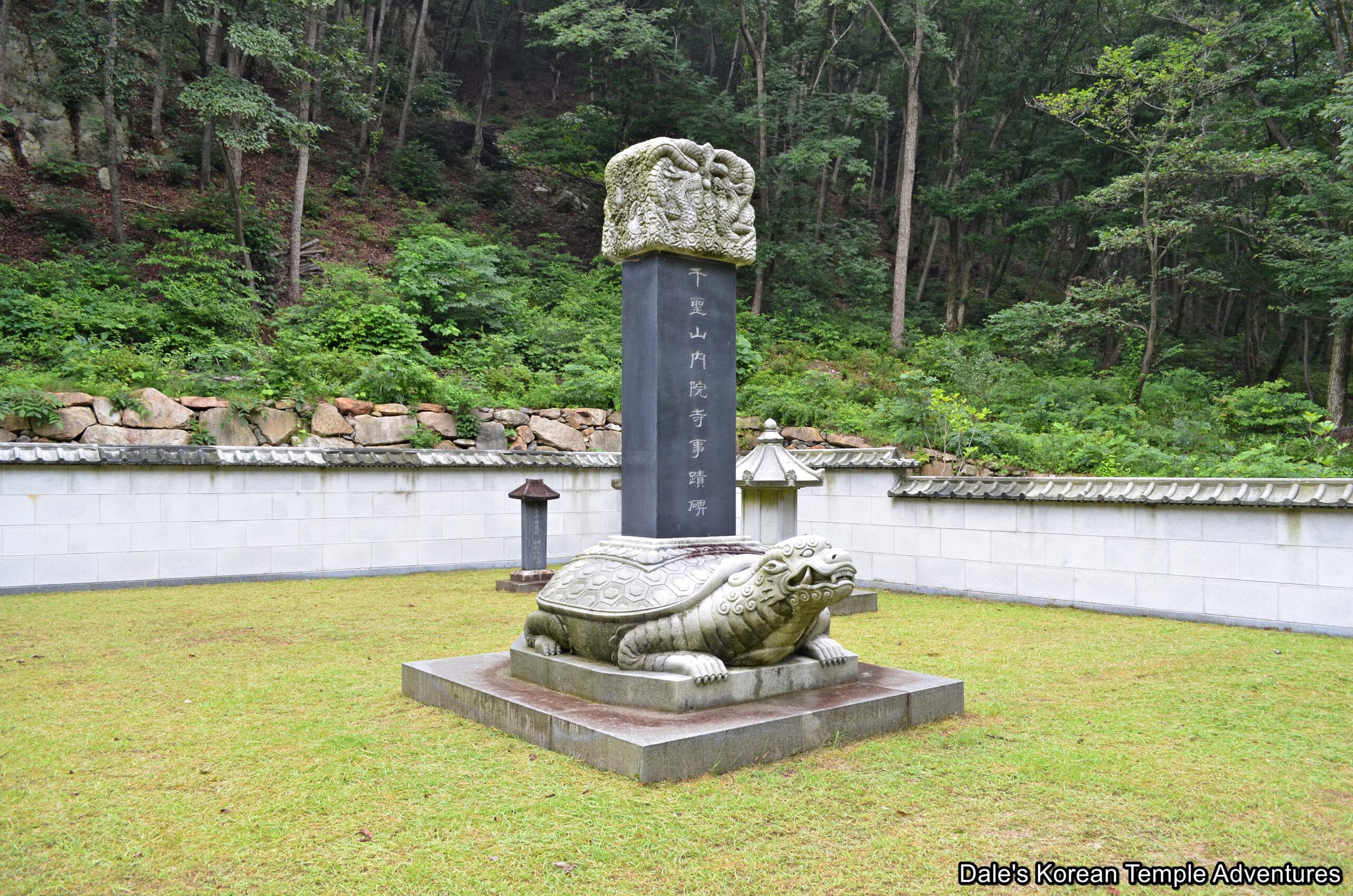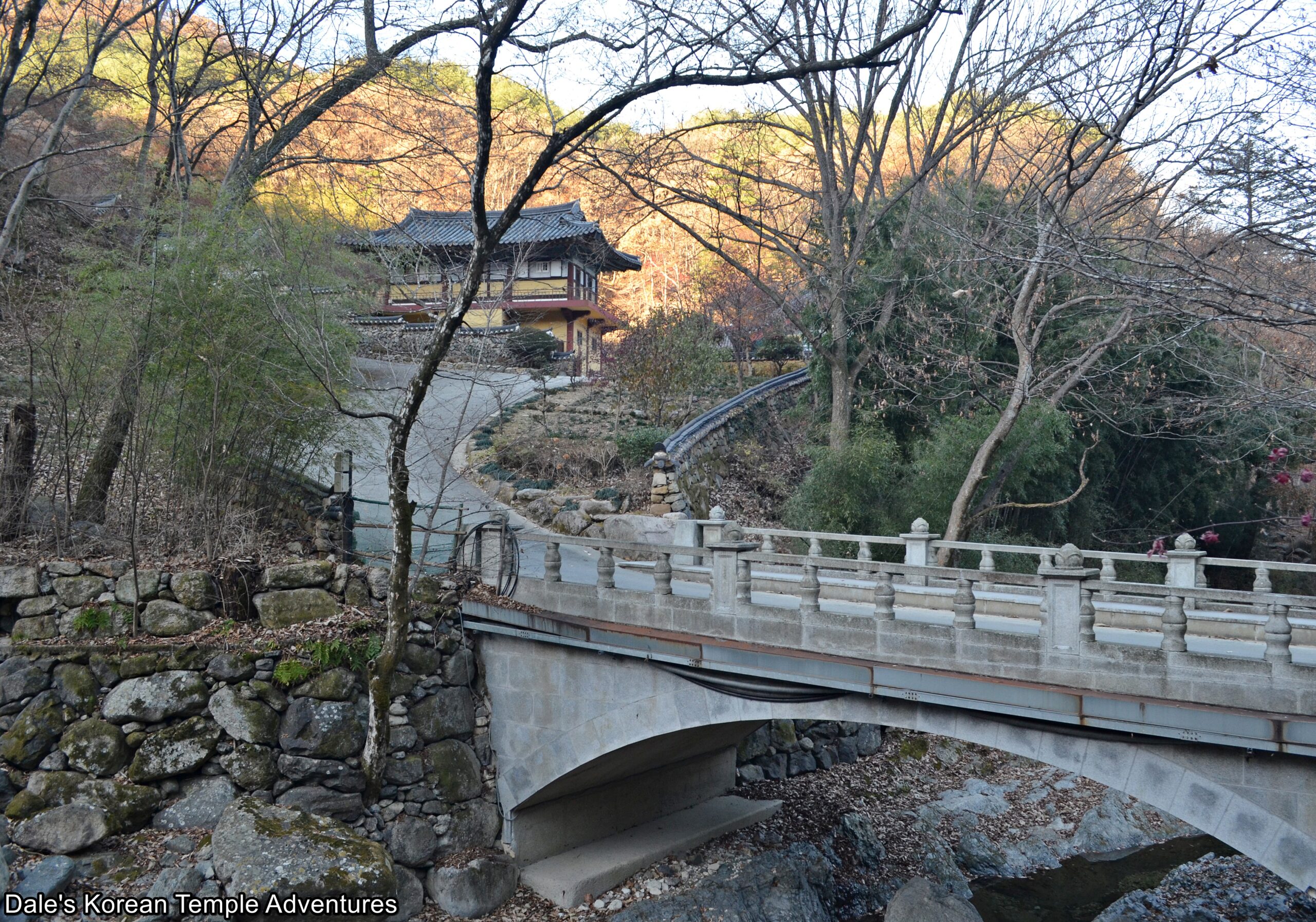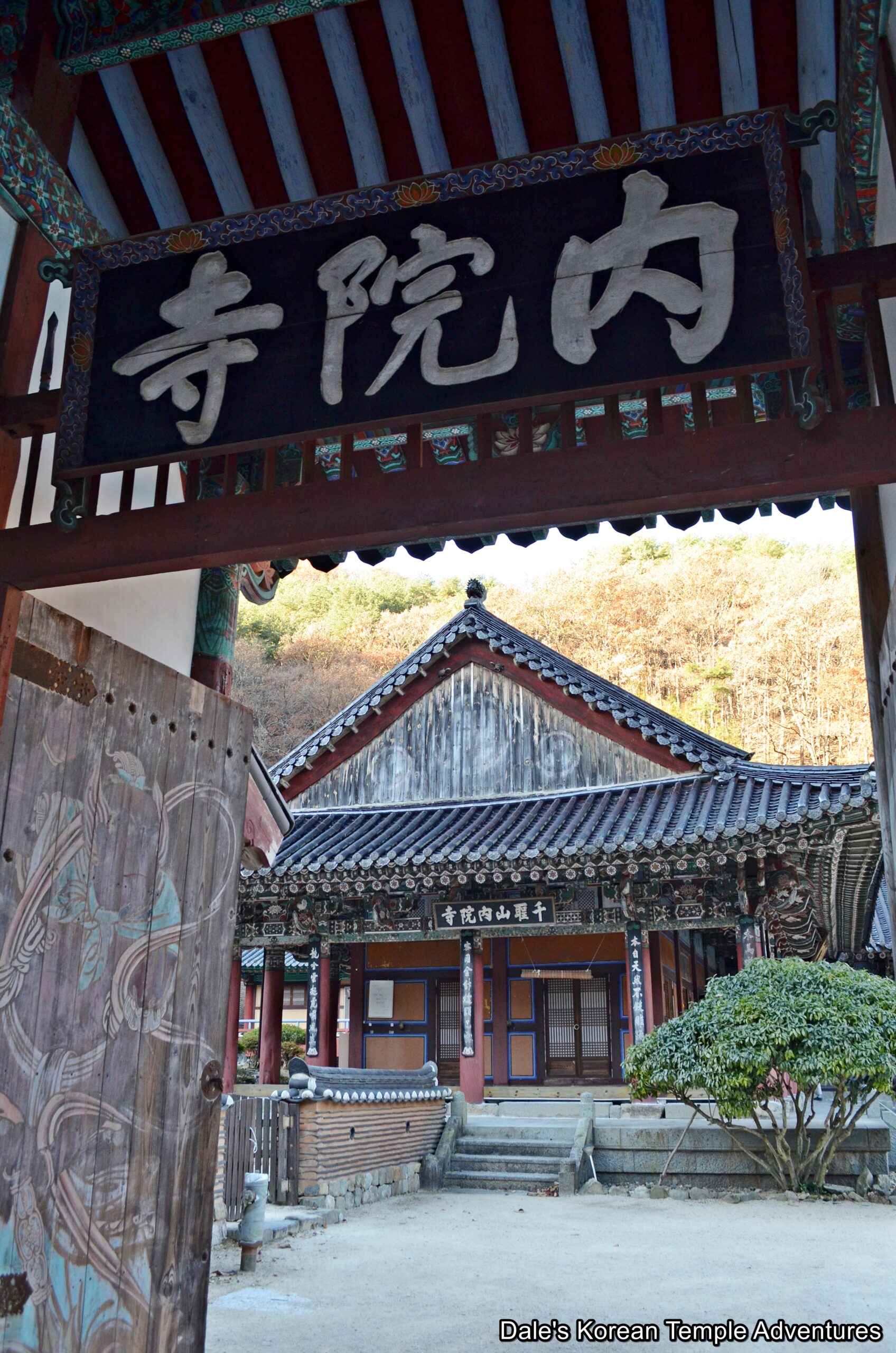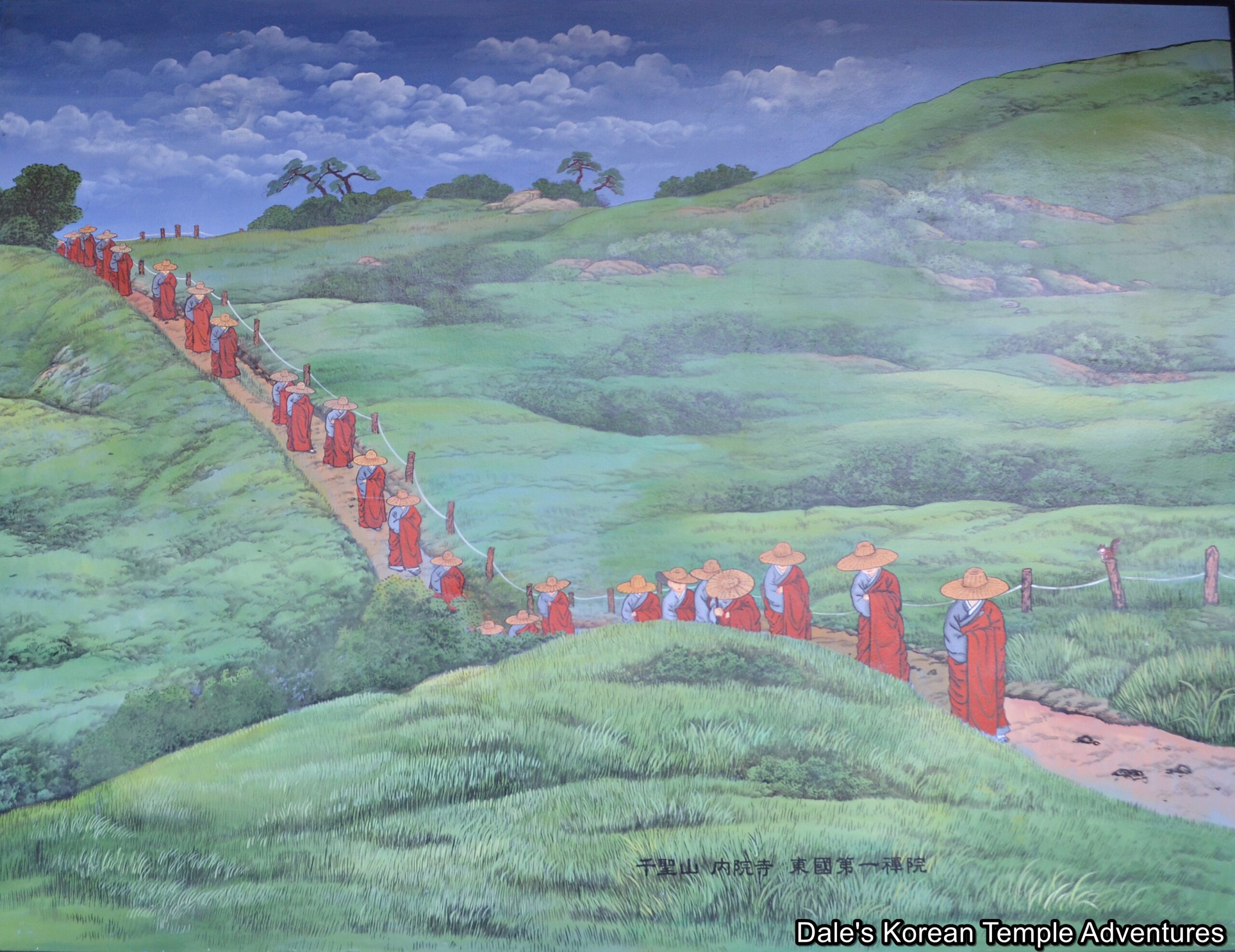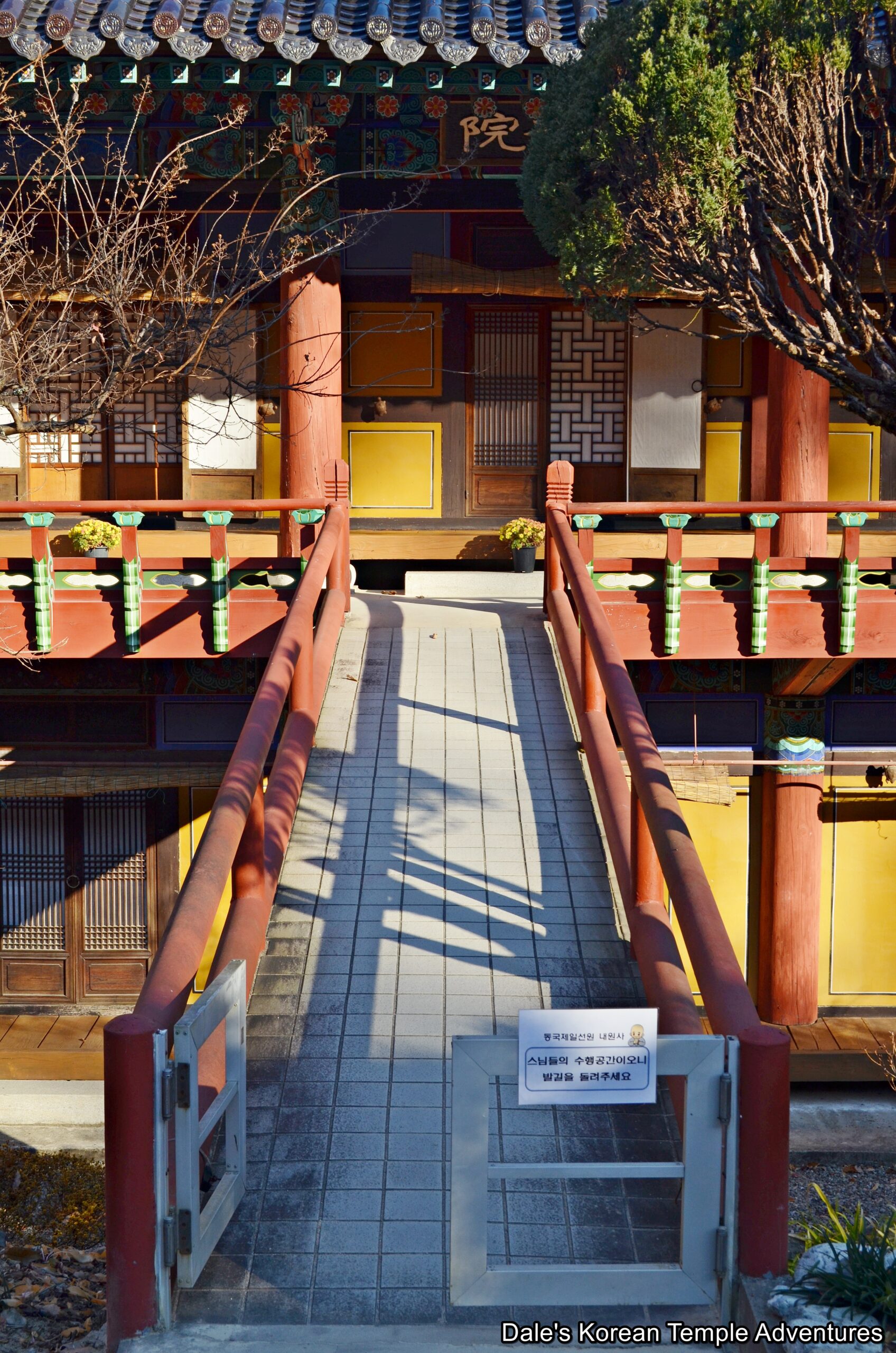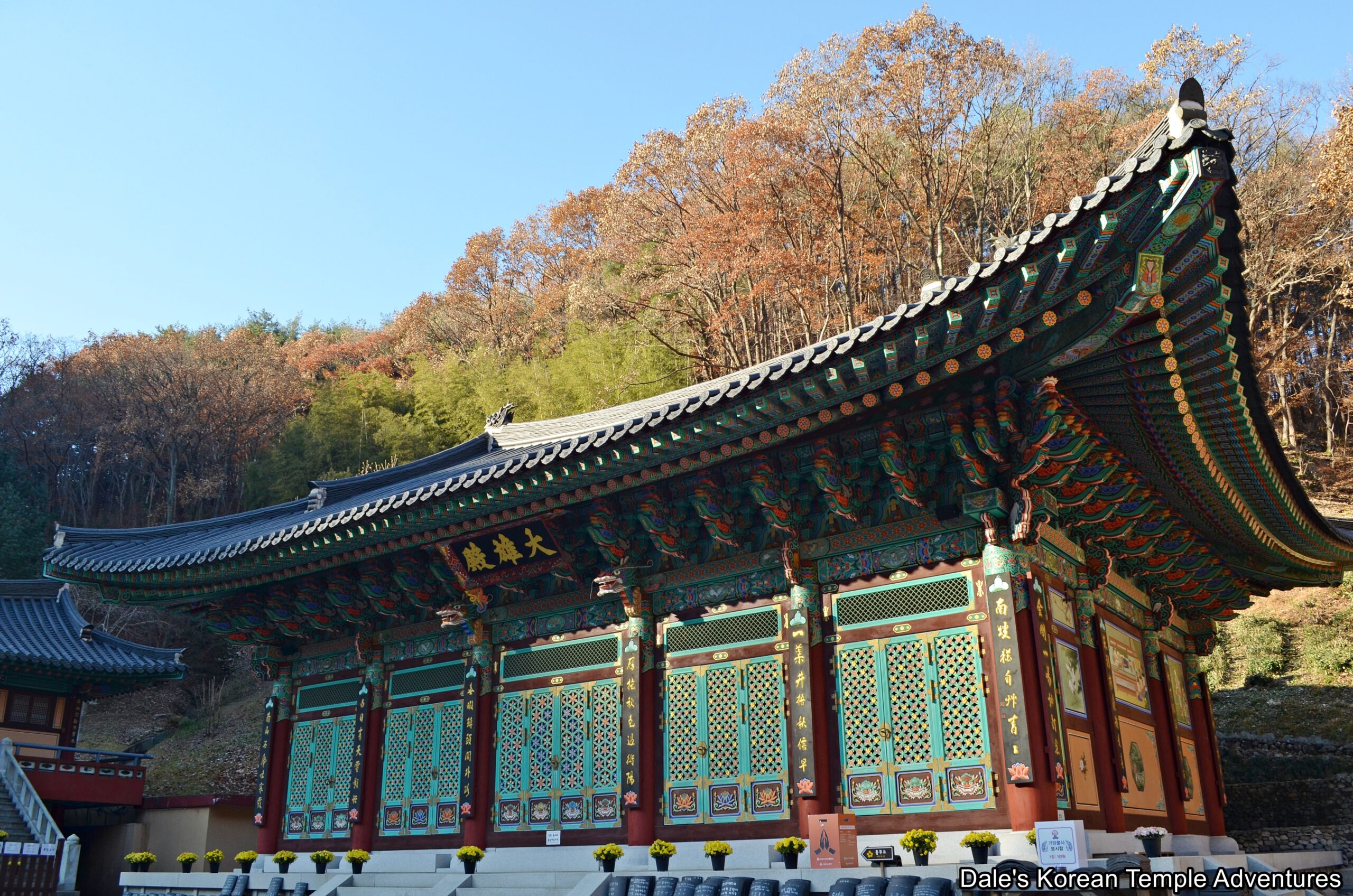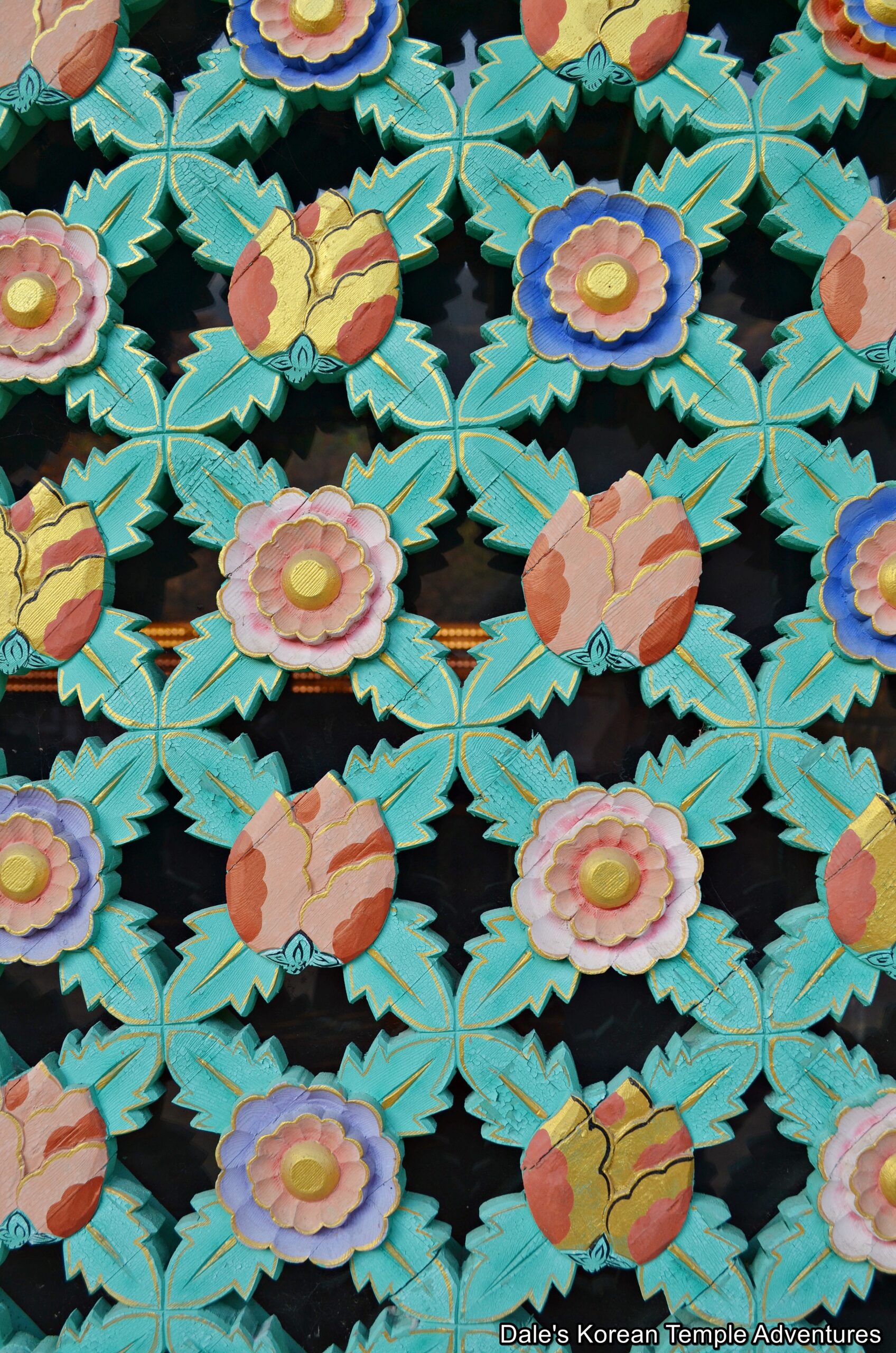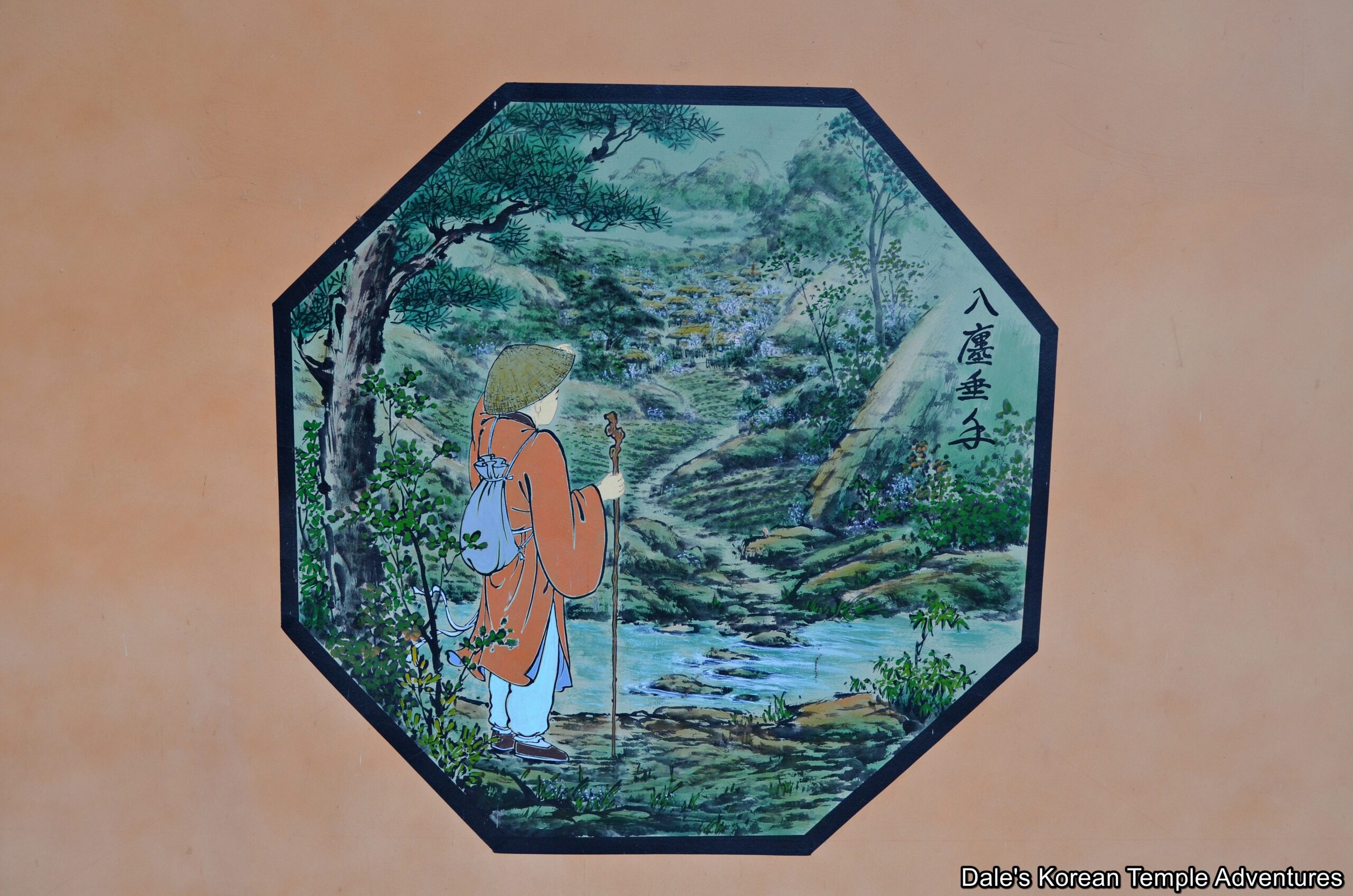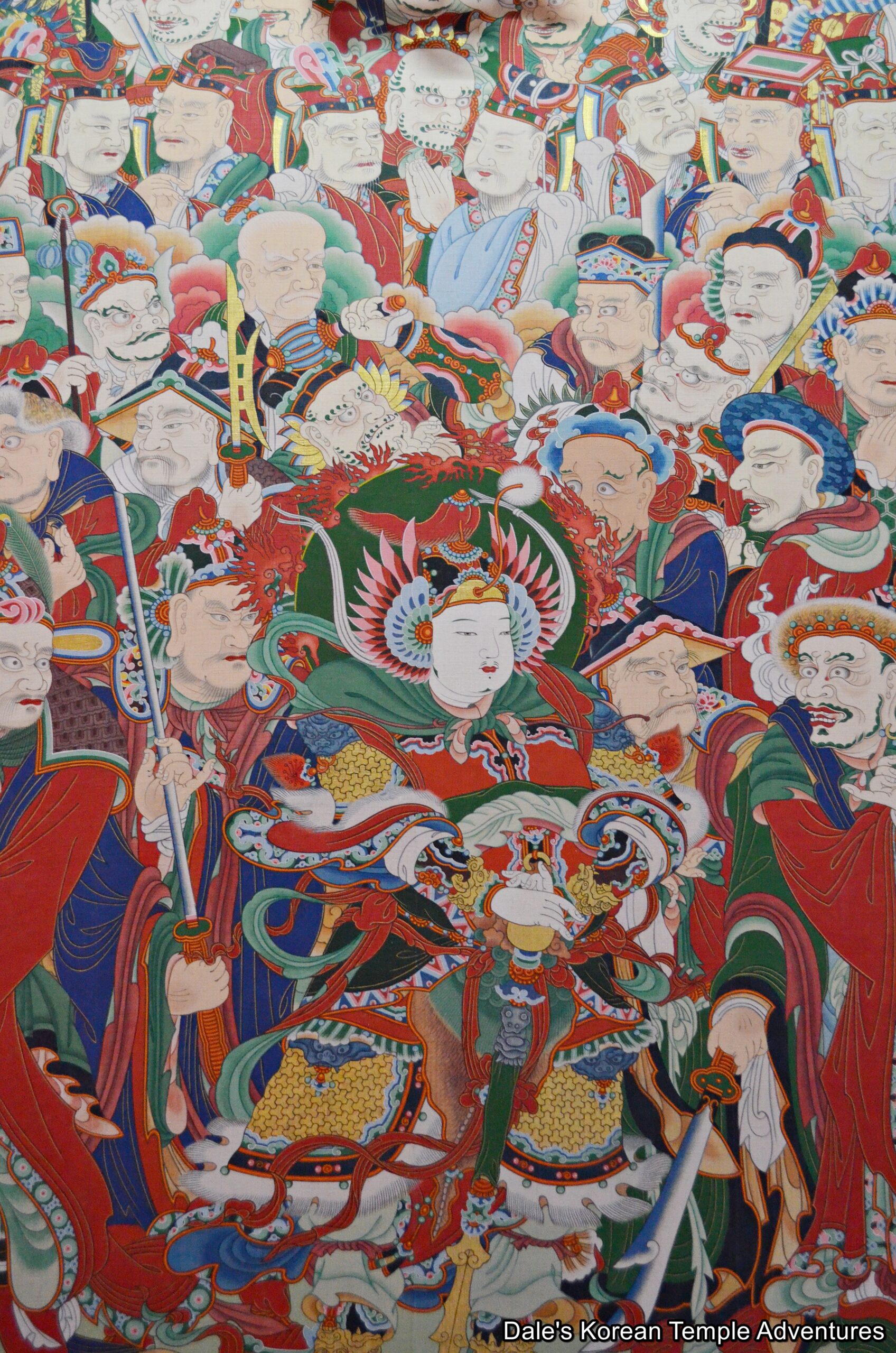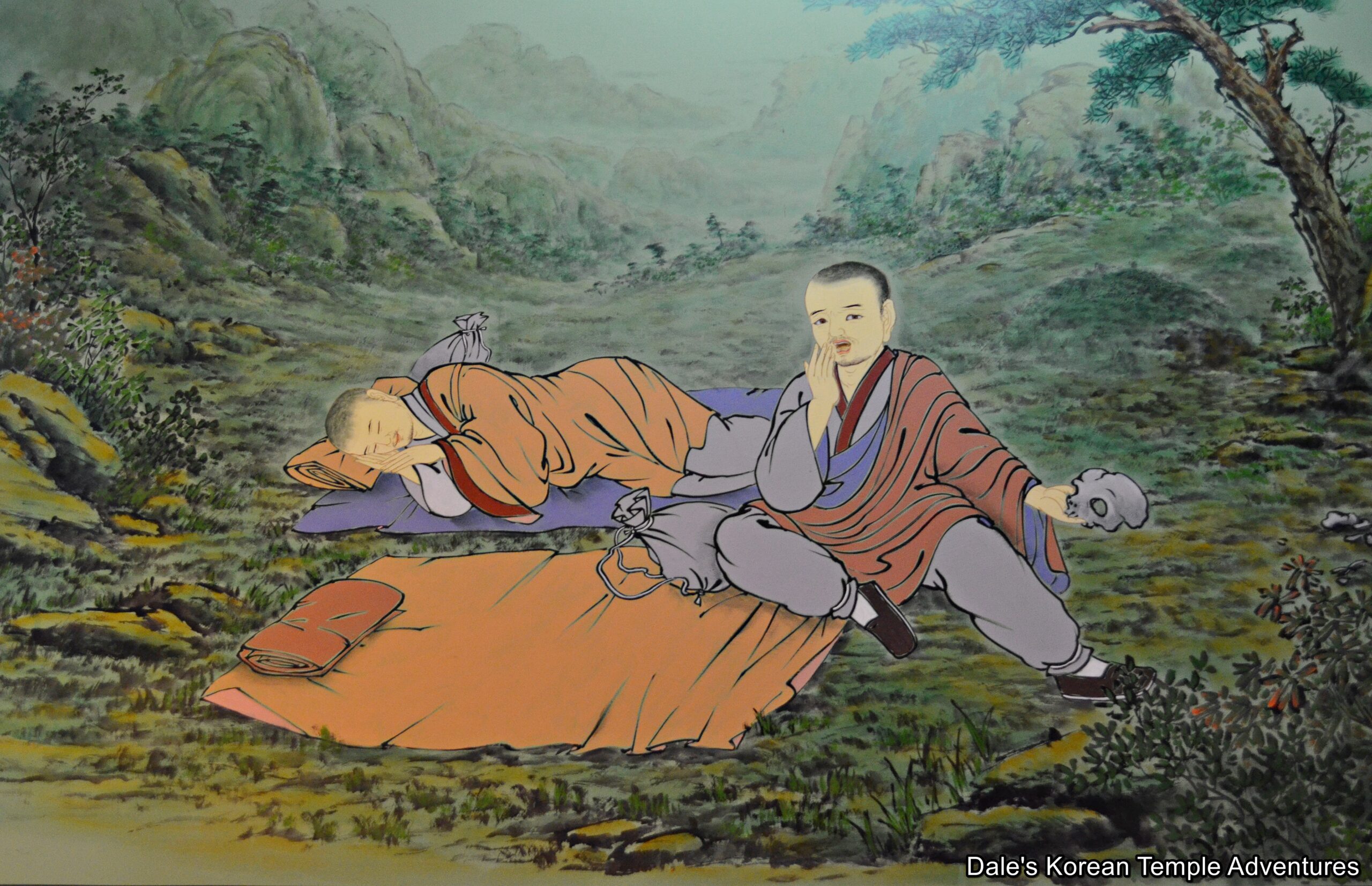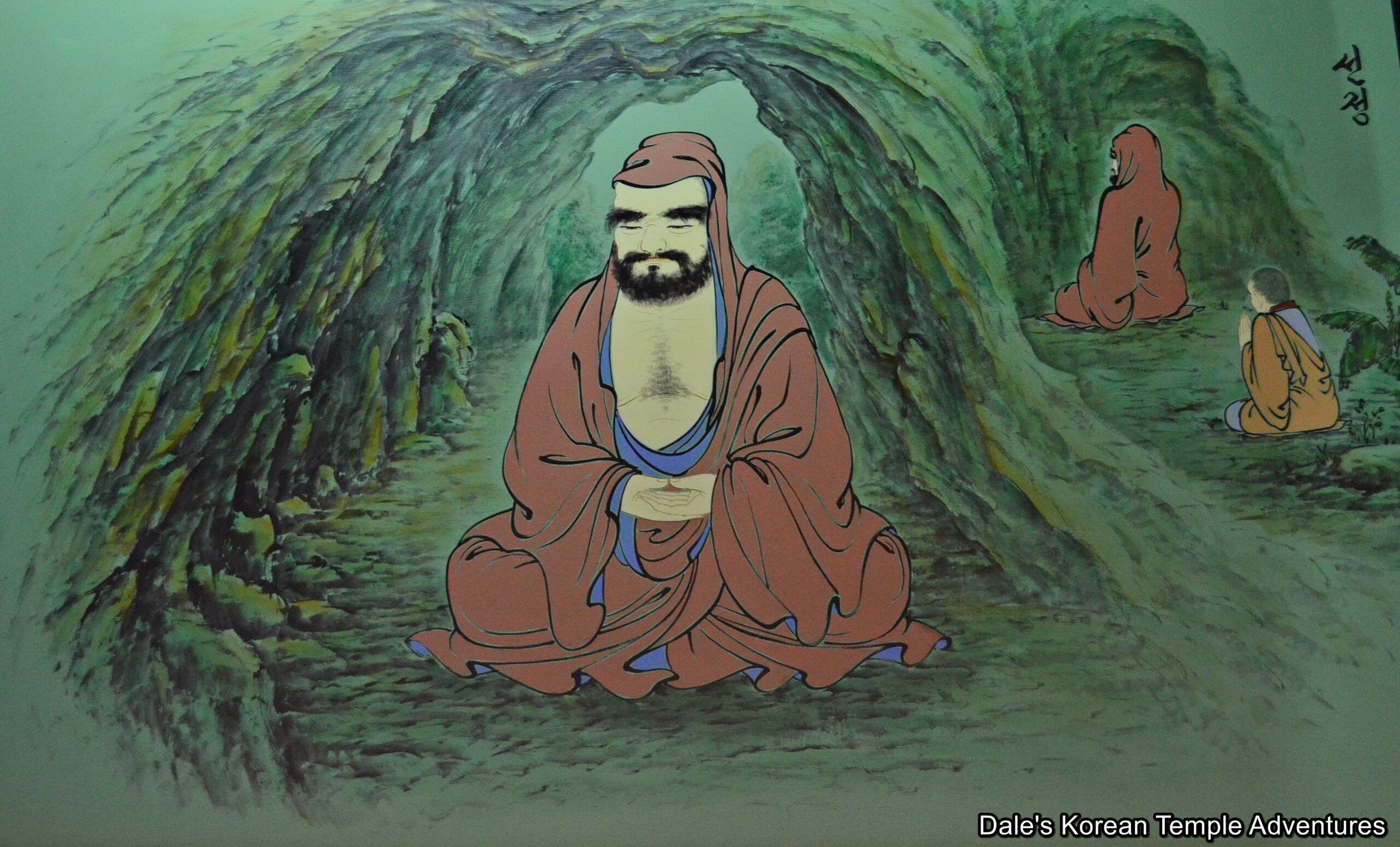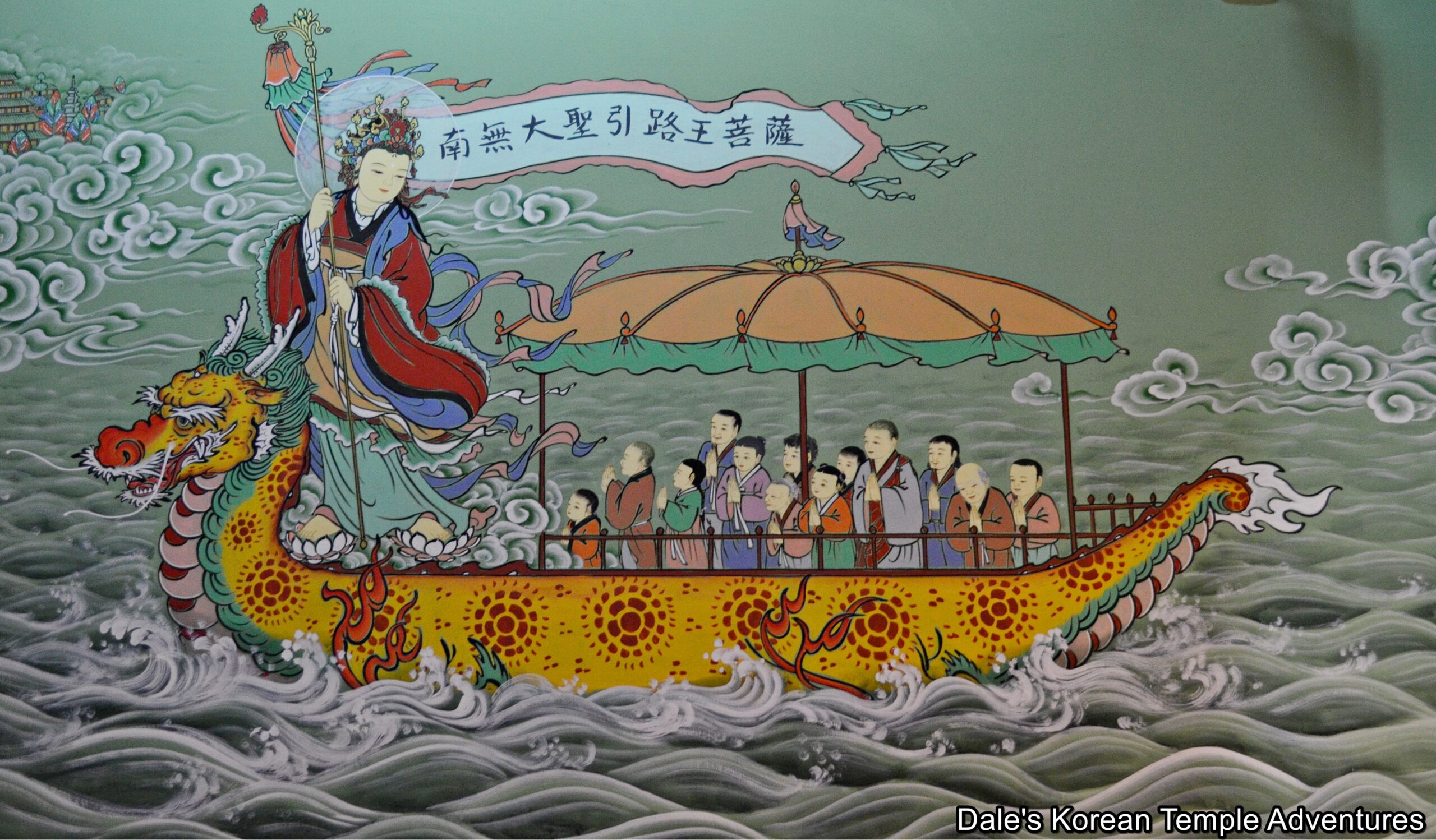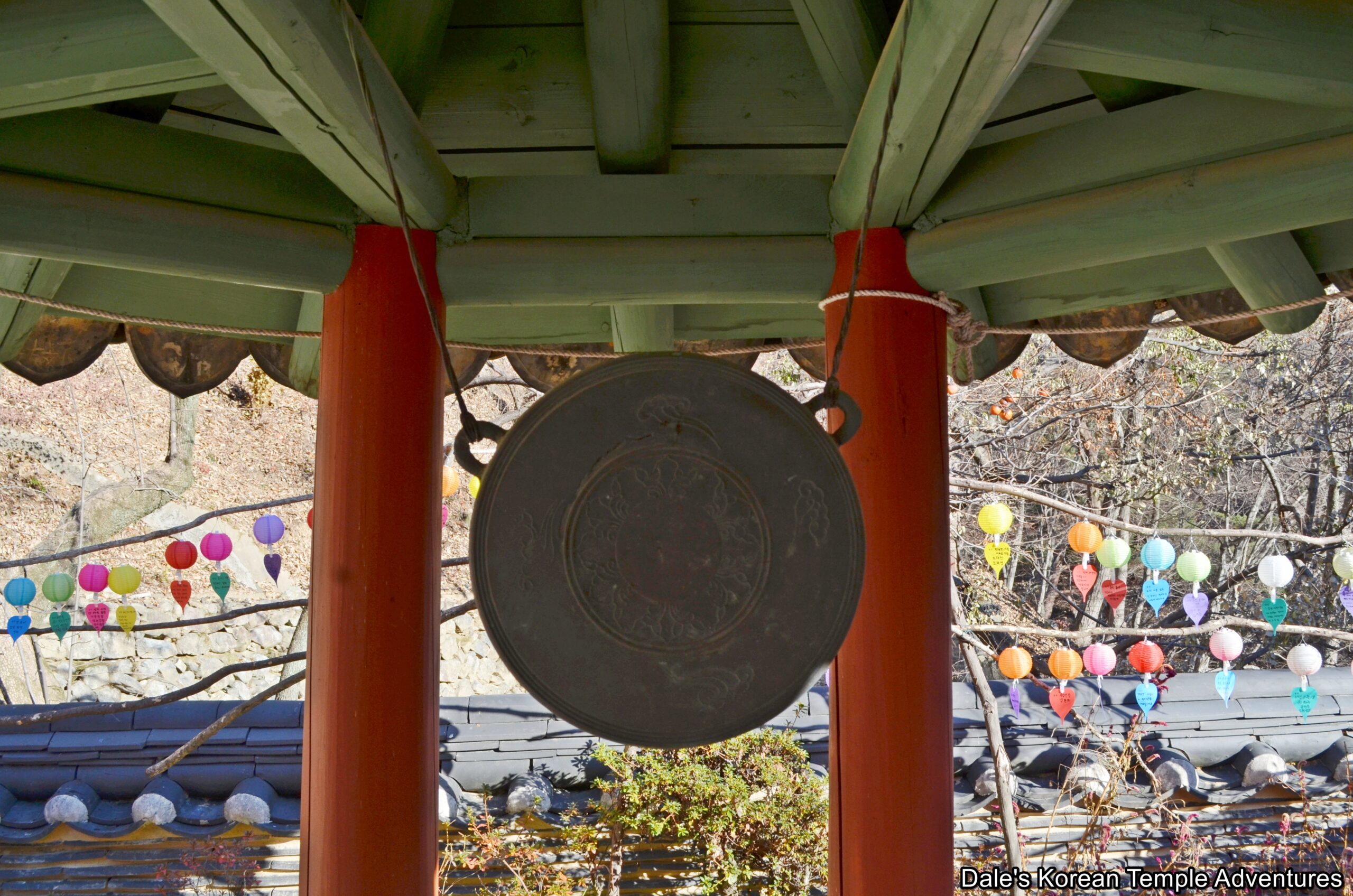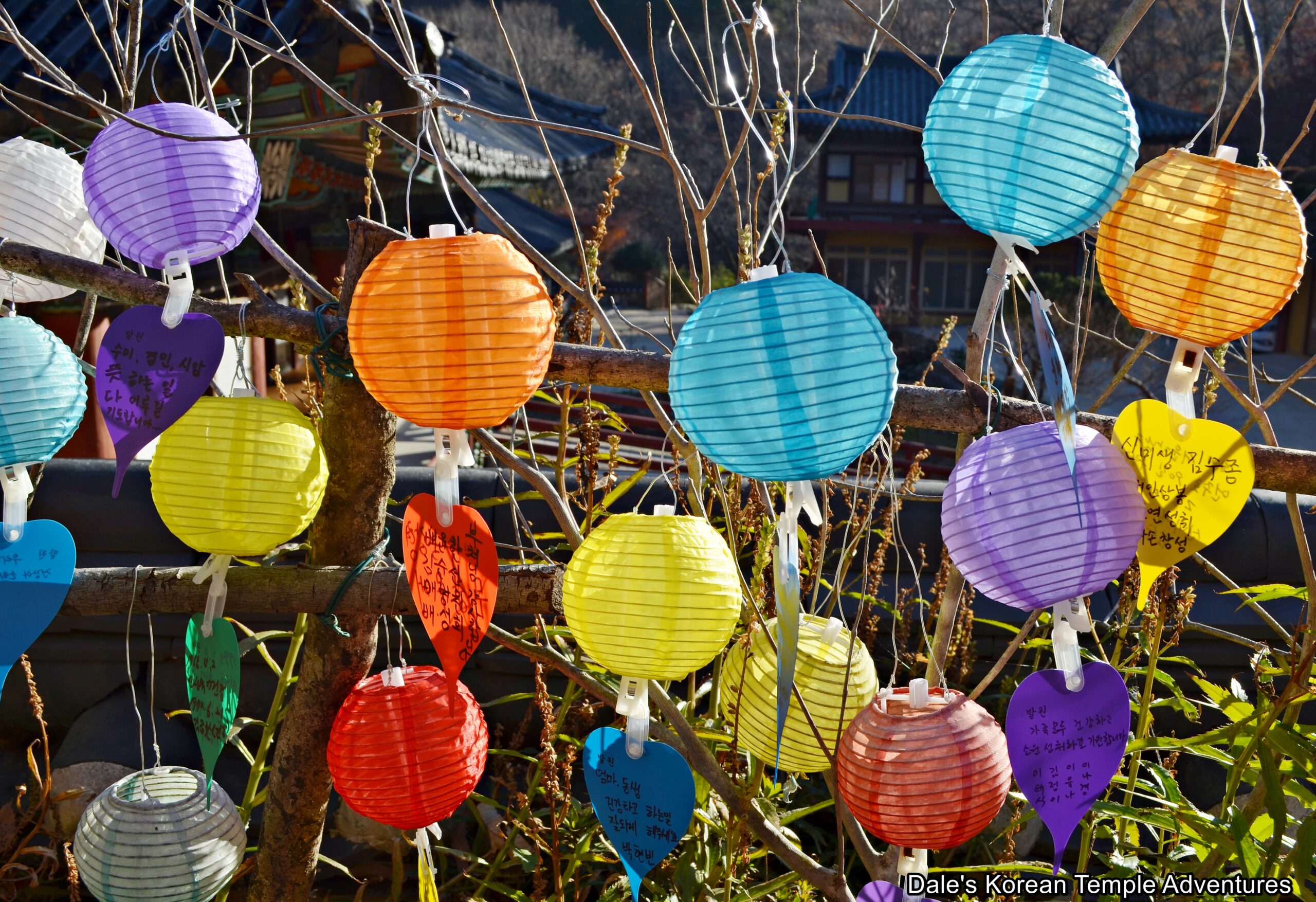Naewonsa Temple – 내원사 (Yangsan, Gyeongsangnam-do)
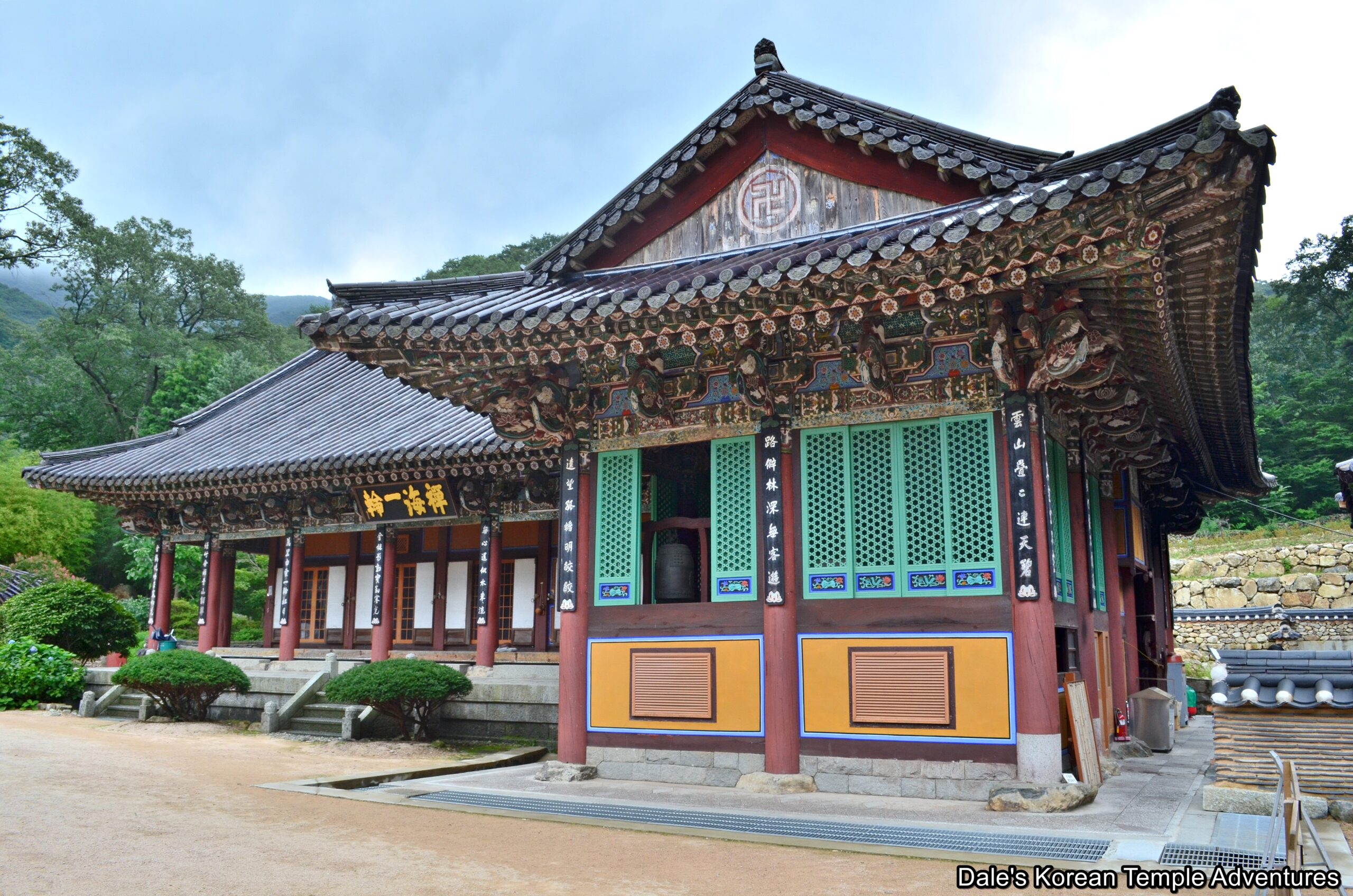
Temple History
Naewonsa Temple is located up the beautiful Naewonsa Valley beneath the peaks of Mt. Cheonseongsan (920.1 m) in Yangsan, Gyeongsangnam-do. The temple was first founded by Wonhyo-daesa (617-686 A.D.) during the reign of King Munmu of Silla (r. 661-681 A.D.). According to a legend written in the “Songgoseungjeon” (僧傳 宋), there were 1,000 Chinese monks worshiping at Taehwasa Temple in Tang China (618–690, 705–907 A.D.). They were in danger of being buried at the temple because of torrential rain and the potential for a landslide. Upon realizing this, Wonhyo-daesa threw a wooden board up into the air. The monks saw this strange board in midair and thought that it was rather mysterious. As a result, they all ran out of the shrine hall. After they had all exited the temple, a landslide destroyed the shrine hall. However, because of the wooden signboard, which read “Throwing the board, Wonhyo saves the people,” Wonhyo-daesa did in fact save the one thousand monks at the temple. Because of this, the one thousand monks sought Wonhyo-daesa. These one thousand monks would eventually become Wonhyo-daesa’s one thousand disciples.
After arriving on the Korean Peninsula, Wonhyo-daesa went in search of a place to stay with his 1,000 disciples. Eventually, they would arrive at Mt. Cheonseongsan. Here, they were greeted by Sanshin (Mountain Spirit) and guided to the general area of where Naewonsa Temple would eventually be built. After guiding Wonhyo-daesa and his disciples, the Mountain Spirit quickly disappeared. There is a shrine hall with a painting of Sanshin inside it where the Mountain Spirit eventually led Wonhyo-daesa and his one thousand disciples.
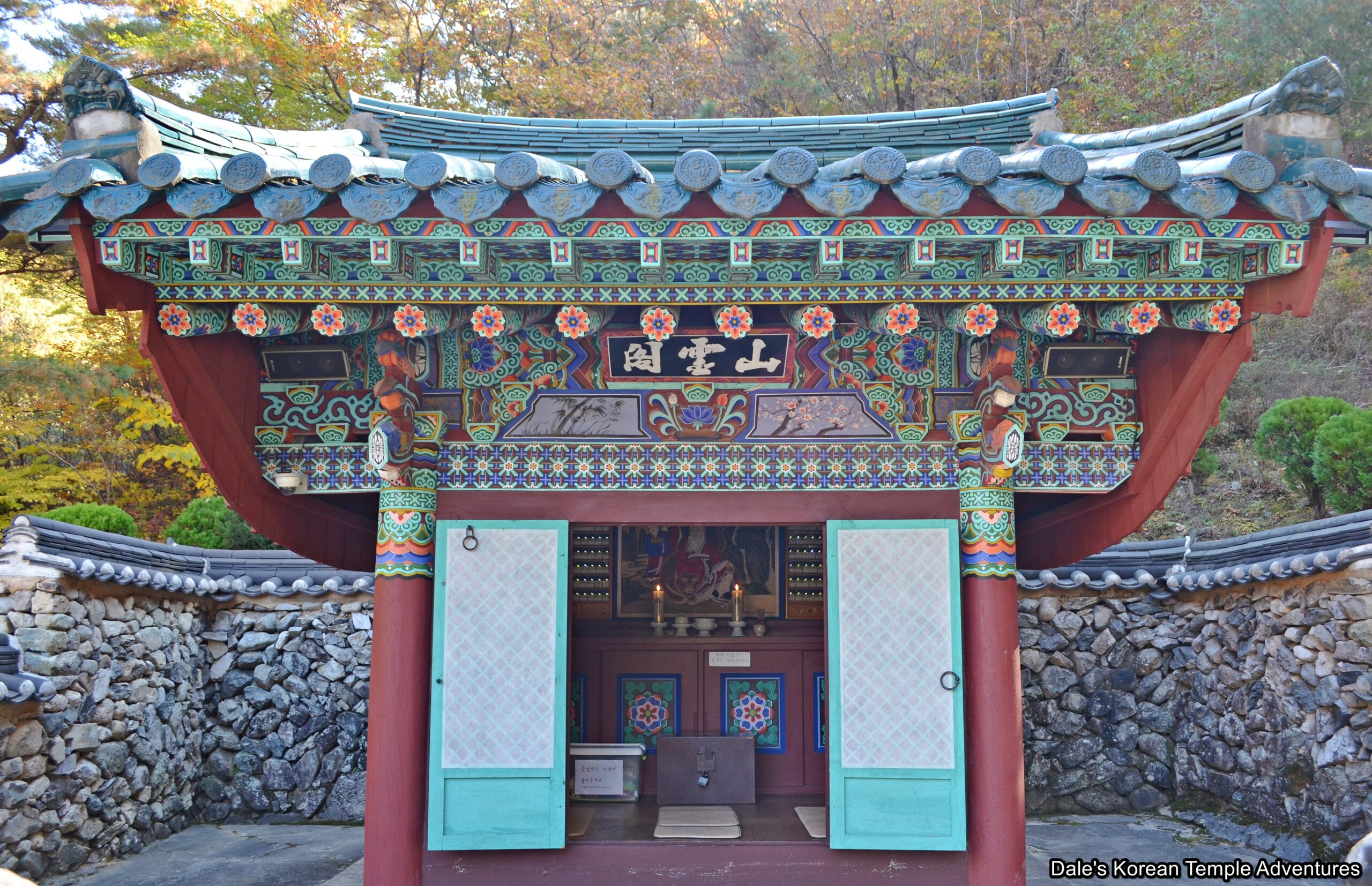
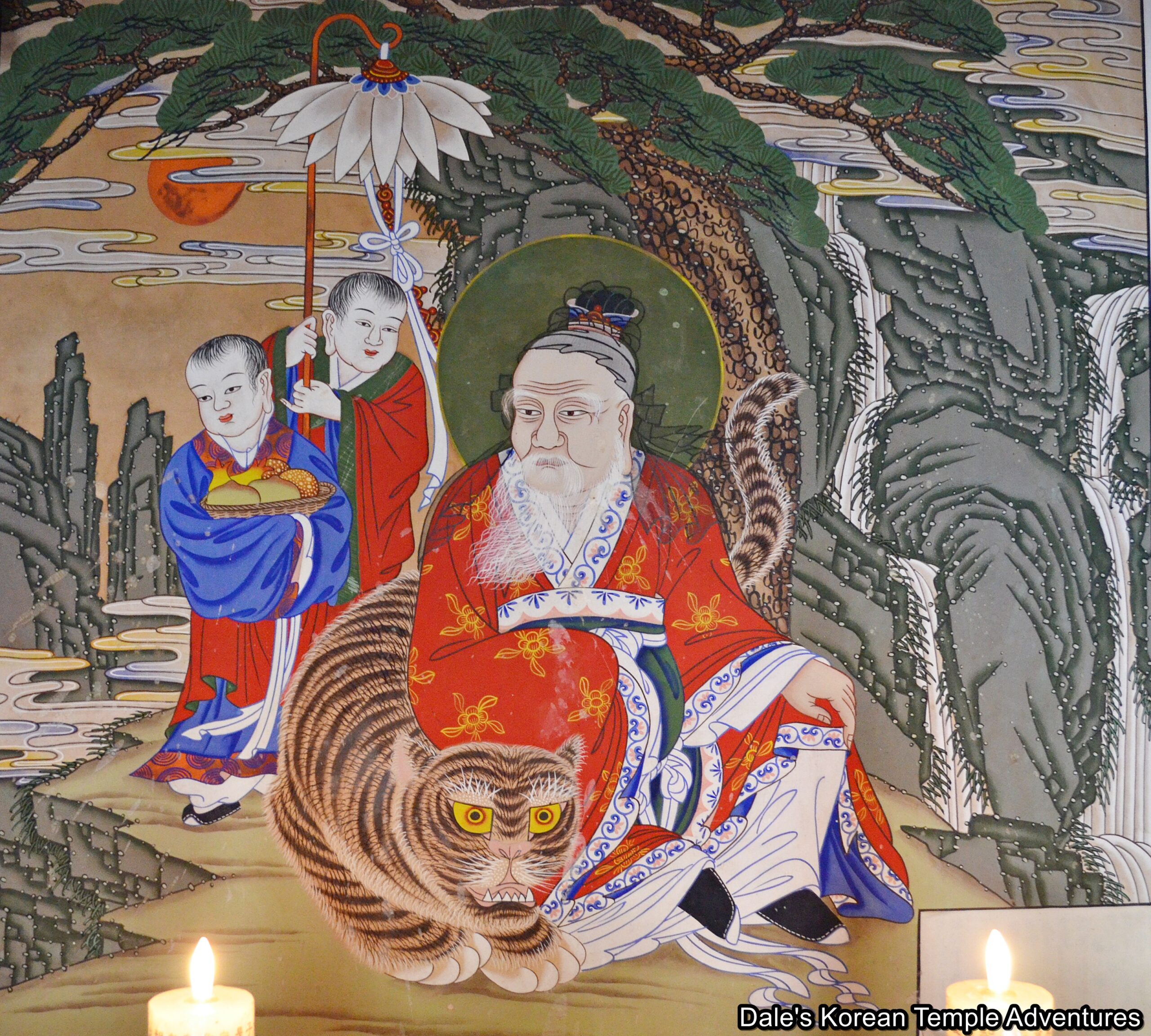
Wonhyo-daesa would build 89 temples and hermitages in the area. Additionally, and according to this legend, it is said that a large drum was placed in the area in front of Mt. Cheonseongsan. The beating of this drum would announce the beginning of Wonhyo-daesa’s lectures to his disciples on the mountain about the Avatamsaka Sutra. Eventually, these one thousand disciples would become sages/saints; and it’s to these sages/saints that the temple gets its name, “A Thousand Sages/Saints Mountain – Cheonseongsan.”
Much later, and during the late Joseon Dynasty (1392-1910), most of the 89 temples and hermitages were lost in flooding. There remain a few of these temples and hermitages on Mt. Cheonseongsan like Nojeonam Hermitage, Wonhyoam Hermitage, Hongryongsa Temple; and, of course, Naewonsa Temple. During the Korean War (1950-53), Naewonsa Temple was destroyed. In 1955, the temple was rebuilt by the nun Suok from Sudeoksa Temple. In total, thirteen buildings were built over a five year period. Now, there are approximately 70 nuns that reside at Naewonsa Temple.
In total, there is one Korean Treasure at Naewonsa Temple, it’s the “Bronze Gong of Naewonsa Temple,” which is Korean Treasure #1734.
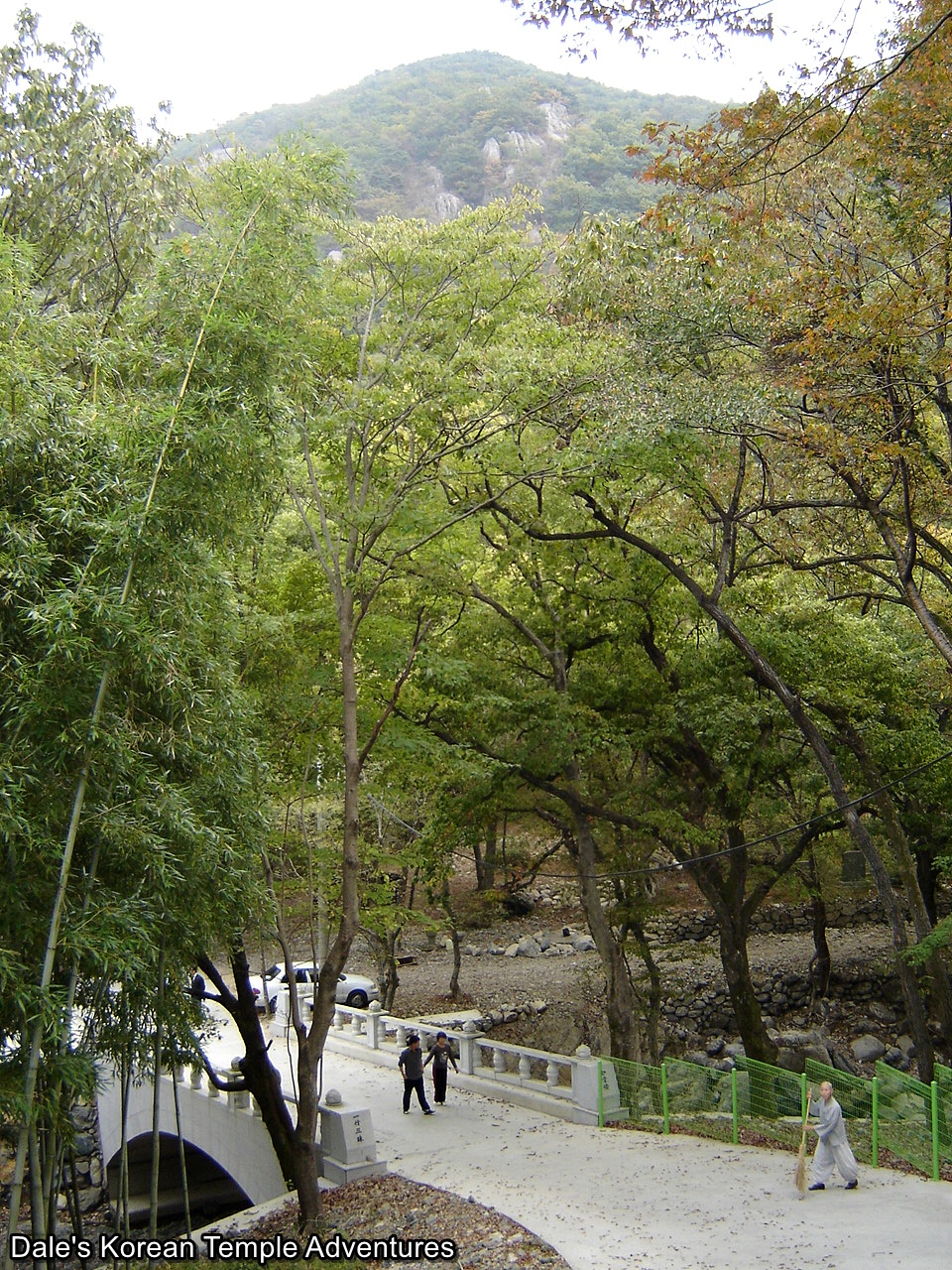
Temple Layout
You first approach Naewonsa Temple up a beautiful valley. During the summer months, this valley is packed with visitors splashing around in the cascading and pooling water. Up a paved road, you’ll find the Naewonsa Temple grounds. In total, there are ten buildings on the temple grounds. Naewonsa Temple is a very active temple; however, most of the temple buildings are off-limits to visitors.
As you first approach the temple grounds, you’ll notice that the road forks. To the right is the main temple courtyard, while to the left you’ll find the Bulimun Gate. The Bulimun Gate is adorned with a pair of paintings on the doors dedicated to Narayeon Geumgang and Miljeok Geumgang (The Twin Guardians of Korean Temples). Through the Bulimun Gate, you get a great view of the temple courtyard; however, you’re not allowed to pass through this entry gate. It’s off-limits to the general public. Instead, you’ll need to backtrack to the fork in the road and head right.
To the right, you’ll first encounter a cluster of nuns’ dorms and parking spaces for the nuns’ vehicles. It’s in this area that you’ll find a rather unique mural. In this mural, there are a group of nuns/monks walking along a trail. This trail looks to resemble the Hwaeomneup Wetlands near the summit of Mt. Cheonseongsan. Additionally, the painting resembles one of the Shimu-do (Ox-Herding Murals). It’s unclear who the nuns/monks are following, but it could be an ox, Wonhyo-daesa, or even a Sanshin (Mountain Spirit). Either way, this mural is highly original and new.
As you continue to head straight, you’ll come to a pathway with a slight incline. This pathway leads up towards the Daeung-jeon Hall. This Daeung-jeon Hall was built within the past ten years. The exterior walls are adorned with two sets of murals. The lower set is the Shimu-do (Ox-Herding Murals), while the upper set is the Palsang-do (The Eight Scenes from the Buddha’s Life). Both are beautiful in their composition. Stepping inside the Daeung-jeon Hall, you’ll find an understated main altar with an understated triad on the main altar. The central image in the triad is dedicated to Seokgamoni-bul (The Historical Buddha). This image is joined on either side by Munsu-bosal (The Bodhisattva of Wisdom) and Bohyeon-bosal (The Bodhisattva of Power). The triad rests under a slender, golden canopy. The interior of the main hall is lined with Buddhist motif murals that include the Dragon Ship of Wisdom, the Bodhidharma and Dazu Huike (487-593 A.D.), as well as Wonhyo-daesa and Uisang-daesa (625-702 A.D.). In addition, you’ll find a beautiful, large Shinjung Taenghwa (Guardian Mural) housed inside the Daeung-jeon Hall to the right of the main altar.
To the right of the Daeung-jeon Hall, you’ll find a two-story building. The first appears to be a gift shop, while the second story appears to be a residence of some sort. In front of this two-story structure is a small, wooden pavilion that houses a replica of the “Bronze Gong of Naewonsa Temple,” which is currently housed at neighbouring Tongdosa Temple. In front of this wooden pavilion and a row of benches are a collection of miniature paper lanterns that are all colours of the rainbow.
You don’t need to pay to get into Naewonsa Temple, per se. Instead, you need to pay 2,000 won to get into the Mt. Cheonseongsan area. So in a round about way, admission to Naewonsa Temple is 2,000 won.
How To Get There
From the Yangsan Intercity Bus Terminal, you can take a bus that directly goes to Naewonsa Temple. These buses leave every ten minutes. Once you arrive outside the Naewonsa Temple grounds, you’ll need to walk 30 minutes up the valley to get to the temple.
Overall Rating: 7/10
Naewonsa Temple is beautifully located in the folds of Mt. Cheonseongsan up a scenic valley. At the end of the valley, you’ll come to Naewonsa Temple. There are numerous highlights to this temple, but a couple that stick out are the paintings that adorn the Bulimun Gate doors in the direction of the off-limit section of the temple grounds, as well as the beautiful new Daeung-jeon Hall. It’s filled, both inside and out, with beautiful Buddhist murals.
